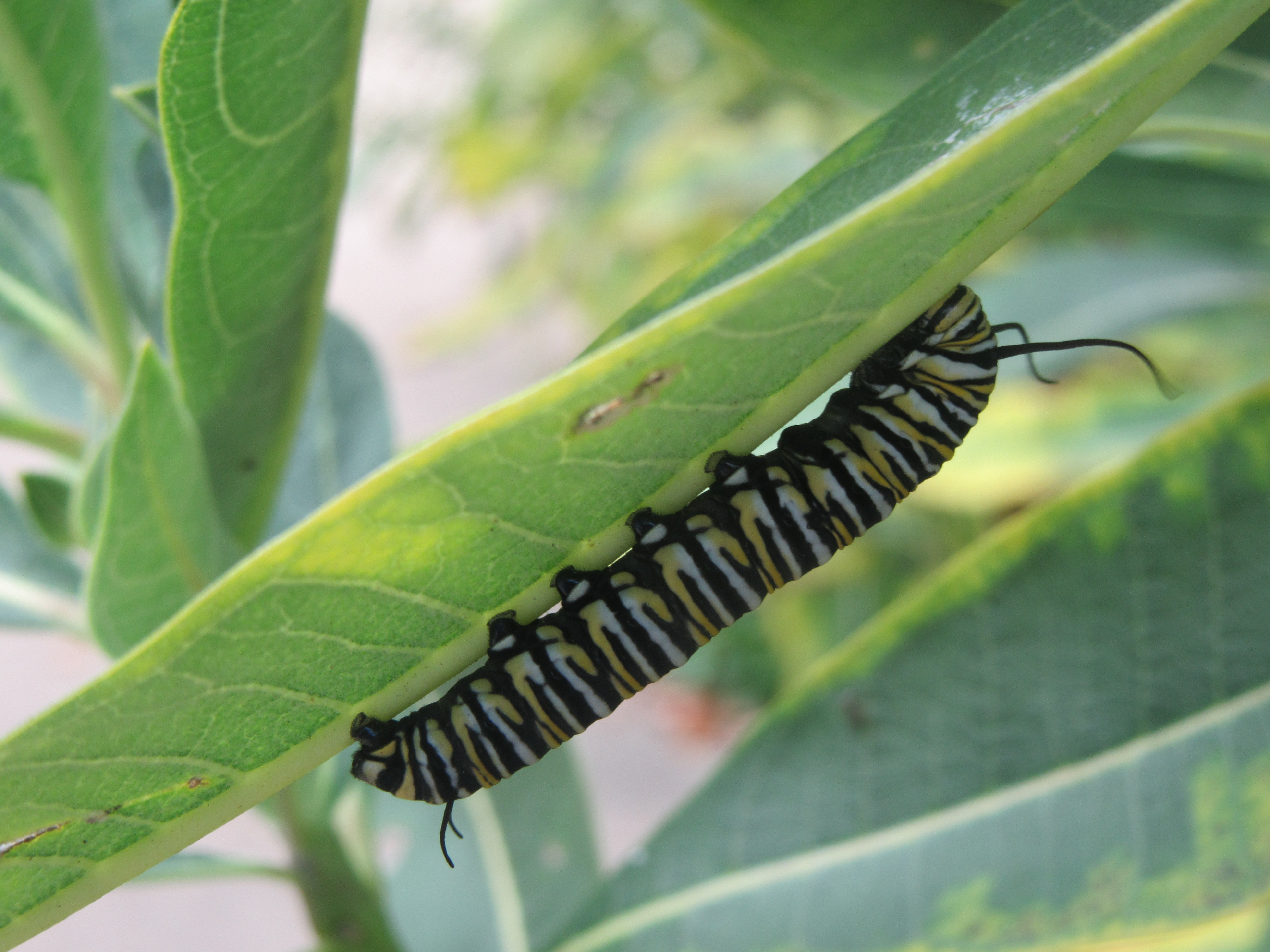Wednesday, September 17, 2025
As Northern Virginia slides into summer’s last gasps, balmy, sunny days bring out the butterflies.
At this time of year, orange and black monarch butterflies are migrating through the area going south to central Mexico’s mountains to join up to 100 million that cluster on oyamel fir trees at nine to 11,000 feet through the winter. Weighing only 598 milligrams or one-fifth the weight of a penny, some will fly 2,000 miles from Canada to reach their winter sites. The monarch is the only butterfly that makes two-way migration. Come spring, monarchs mate, head north and females lay eggs. The eggs become adults and this new generation flies north, mating along the way. The next generation does the same.
“The eastern population of monarchs is faring better this year than it was for the past two years,” said Larry Meade, adding, “That's largely because we have not experienced the drought conditions that adversely affected both the host milkweed plants and the nectar plants that the butterflies depend on.” Meade leads local surveys for the North American Butterfly Association, including one on Sept. 13.
On an Aug. 30 walk in the Dyke Marsh Wildlife Preserve, a group’s species count was 15 butterflies, five dragonflies and two damselflies. While most people looked for butterflies on vegetation, the group delighted in spotting a fat and fuzzy luna moth caterpillar, three to four inches long, on a concrete curb. This moth, with a wingspan of three to four inches, is one of the largest in North America.
Observers have documented over 100 butterfly species in Northern Virginia, according to Meade. There are around 120 species in the U.S. mid-Atlantic.
People see butterflies in a variety of habitats, but most prominently around blooming plants, grasses, trees and wildflowers.
Keen Observing
On the Aug. 30 walk, Meade highlighted the abundant sachems nectaring on purple ironweed blossoms. Common buckeyes have prominent eye spots along the margins of both wings, he pointed out. Two red-spotted purple butterflies were likely competing for mates, he said. The yellow and black-striped eastern tiger swallowtails were attention-getters. The females have two forms, some yellow similar to males and some with black wings.
Disturbing Decline
More than one-fifth of the butterflies in the U.S. disappeared between 2000 and 2020, reported the Xerces Society in June. “Perhaps more alarming, over 40 percent of assessed species fell in numbers by 50 percent or more — and two dozen species suffered more than 90 percent losses,” their study reported. They attribute the drop to pesticide use, habitat loss and climate change.
Butterflies may take nectar from several sources, but can be selective in choosing plants for laying eggs. Monarchs, for example, prefer milkweeds. Many insects have evolved over time with particular plant species and their survival depends on what’s called a host plant which provides shelter for eggs and food for subsequent larva and caterpillar growth.
The Xerces report’s “roadmap to recovery” stresses the need to plant more host plants for caterpillars and nectar plants for adult butterflies throughout the entire growing season and to avoid pesticides. “Butterflies need host plants on which to lay eggs, wildflowers on which to feed, a refuge from pesticides and sites to overwinter,” said Scott Black, director of the Xerces Society and study co-author.
Some people plant milkweeds and nectar-producing plants in their gardens. A butterfly-friendly garden can be any size, from a window box to a multi-acre field. “No effort is too small to have a positive impact,” says Monarch Watch’s website.
The Virginia Department of Transportation has a wildflower and pollinator habitat program and plants pollinator-friendly plants at some of their facilities, like the Dale City Interstate-95 rest stop.
Information
* Supporting Butterflies, https://xerces.org/bring-back-the-pollinators
* Virginia Native Plant Finder, http://www.dcr.virginia.gov/natural-heritage/native-plants-finder
* Native Plants for Northern Virginia, https://www.plantnovanatives.org/
* Butterfly checklist with host plants, https://www.fodm.org/images/Butterfly.pdf
